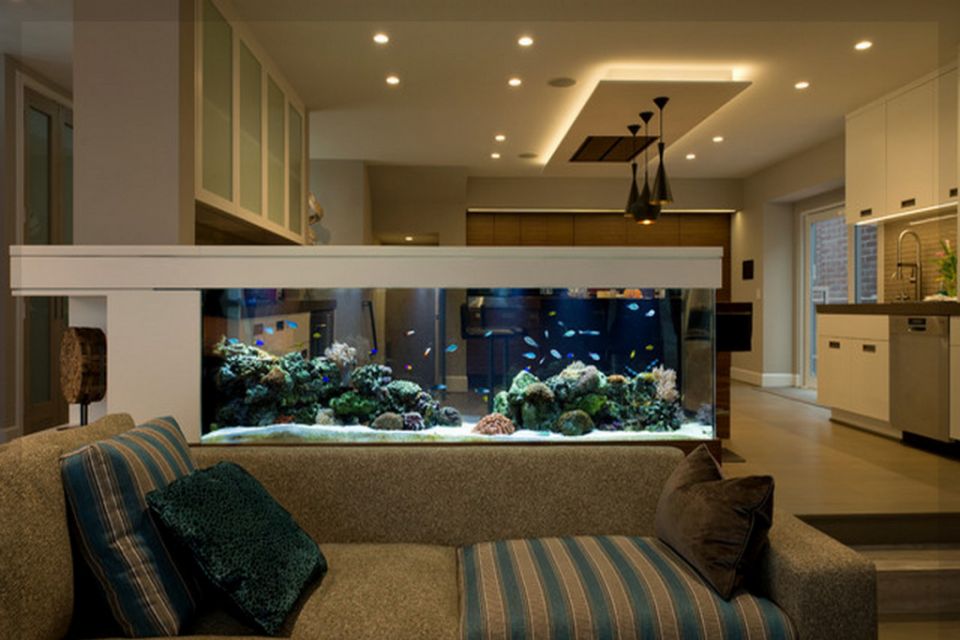The common aquaristic beginner mistakes are as follow:
- The size of the aquarium
- Too small aquariums are in need of care and cabinets are stocked with
- Large aquariums require space and insurance / Dominate rooms
- Dependence on desired stocking
- Inform before
- The choice of the aquarium location
- Direct sunlight
- frequented room (otherwise shy animals)
- As a room divider?
- Room big enough?
- Measure water values accurately and keep an eye on them
- Buy test set
- Check regularly
- Especially in the running-in phase
- Running-in phase not considered
- Animals used too early and then perishing
- Algae infestation of the plants
- The fish stocking => stocking density
- Fish should fit together
- Observe water values
- Pay attention to the size of the animals (also height for angelfish / discus)
- Size of the pool in relation to animals
- number of animals
- Type of pool (community pool, species pool)
- Pay attention to pelvic regions (bottom/middle/top)
- The choice of plants
- Matching the stock (species tank?)
- avoid algae: fast growing
- Slow growing not good in running-in phase (algae)
- Required space
- Divide by pelvic region
- The choice of decoration
- Should fit the type of pool (South America = roots, Asia = more stones)
- Decoration as hiding place and for spawning
- Too much decoration bad for floor level
- Consideration for the swimming behaviour of the animals
- The choice of the floor ground
- How rough? (fine sand or coarse gravel?)
- Dependence on tank inhabitants (Corydoras goby in the sand)
- Some species prefer dark soil
- Dependence on the type of pool (species pools require a specific substrate)
- The aquarium technique
- Light (also illumination time, fluorescent tube or LED, lumen, temperature?)
- Filter (internal, external filter, cleaning, with thermostat)
- Control heater
- Co2 plant
- Partial water change
- Too rarely (pollutants are formed) or too often (withdraws nutrients)
- Tap water levels?
- Possibly osmosis water needed?
- Fertilizing
- Fertilization essential for plant growth
- Especially if tap water is very clean (few nutrients)
- Depending on plant species (some need it (often fast growing and red), some do not (slow growing)
Conclusion: Planning and education
- Absolutely meticulous planning
- Inform about everything (read books and articles)
- Procure test set and take into account the running-in phase
- Plan the type of pool and then decide on the pool inhabitants and plants
- Precise technology planning
11 Aquaristic beginner mistakes, which you should avoid in any case!



